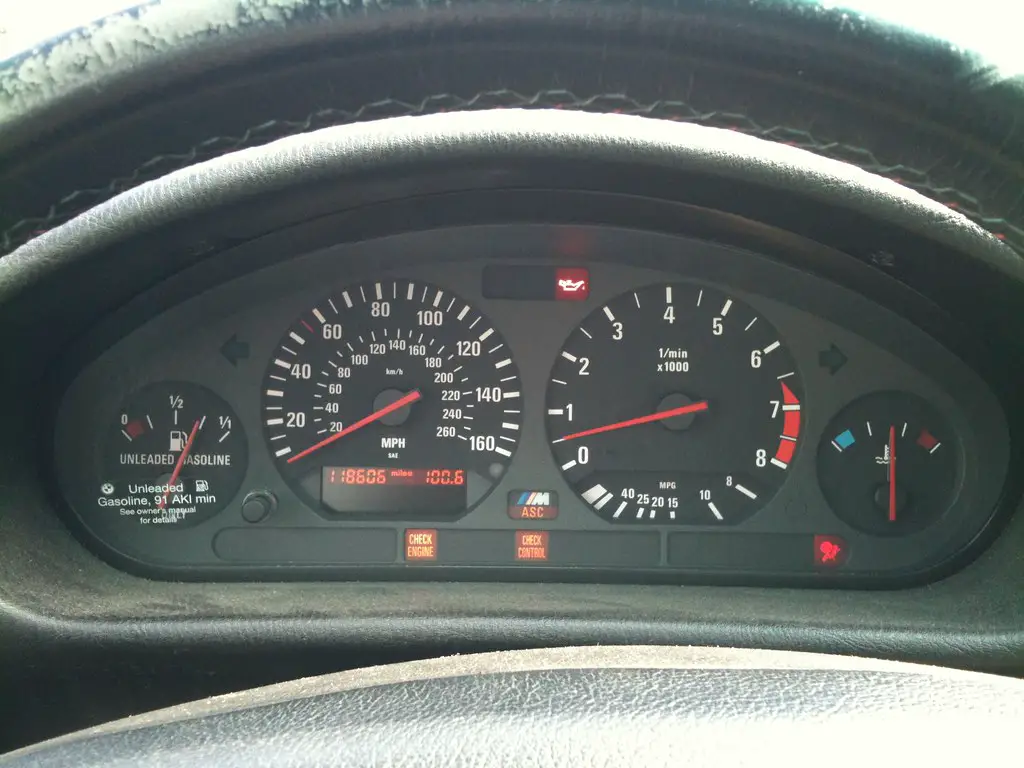As a car owner, it’s important to familiarize yourself with the VSC (Vehicle Stability Control) system and understand how to address any related issues that may arise. In this blog post, we will explore the symptoms, causes, and solutions for VSC light problems, providing valuable insights for beginners and enthusiasts alike.
Symptoms and Diagnosis of Wiring Problems
Wiring problems in a vehicle can manifest through various symptoms, including the VSC light coming on, malfunctioning dashboard lights, intermittent function of car components, and even complete system failures. Identifying wiring issues can be complex and require specialized tools for a comprehensive diagnosis. Conducting a visual inspection for damaged or exposed wires is a basic step, but hidden problems often require the use of multimeters or diagnostic scanners.
Repair, Replacement, and Costs of Wiring Problems
Repairing wiring problems involves locating and repairing or replacing faulty wires or connectors. The complexity of the issue determines the associated costs, which can range from $100 to $200 for simple fixes like replacing frayed wires or connectors. However, complex issues requiring extensive diagnostics or major disassembly may escalate the cost to several hundred or even over a thousand dollars. Obtaining a proper diagnosis from a qualified mechanic is essential for an accurate cost estimate.
Troubleshooting VSC Light Issues
The VSC light may turn on due to various reasons, including ABS and VSC light being on simultaneously, check engine light and VSC light being on together, ASR, DSC, and VSC lights being on, and ESC and VSC lights being on. Each scenario indicates potential problems in the corresponding systems, such as ABS, engine, traction control, or stability control.
Resetting the check engine light can be done using an OBD-2 scanner, which connects to the car’s onboard diagnostic system to retrieve error codes and diagnose the issue. However, if the VSC light remains on, it is best to consult a professional mechanic for a thorough diagnosis and repair. The cost of fixing check engine or ABS problems can range from $120 to $800, depending on the severity of the issue.
Understanding TRAC OFF Light and VSC OFF Light
The TRAC OFF light indicates the deactivation of the Traction Control system, which prevents wheel spin during acceleration on slippery surfaces. Reasons for the TRAC OFF light being on can include manual deactivation, faulty wheel speed sensors, recent brake replacement, steering rack system failure, ECU malfunction, ABS malfunction, or brake light switch issues. Driving with the TRAC OFF light on is generally safe, but caution is advised on slippery surfaces.
The VSC OFF light allows drivers to disable the VSC system intentionally in certain situations, such as being stuck in snow or mud, off-roading, or driving on a track. However, it is important to note that a malfunctioning VSC system may also trigger the VSC OFF light. Resetting the VSC OFF light can be done through simple procedures, but persistent illumination may require professional attention.
Conclusion:
Being aware of VSC light issues in your car is crucial for maintaining optimal performance and safety. Understanding the symptoms, conducting proper diagnostics, and seeking professional help when needed can help you address wiring problems and troubleshoot the VSC, TRAC OFF, and VSC OFF lights effectively. Remember to prioritize safety and consult experts for complex issues to ensure a reliable and enjoyable driving experience.

